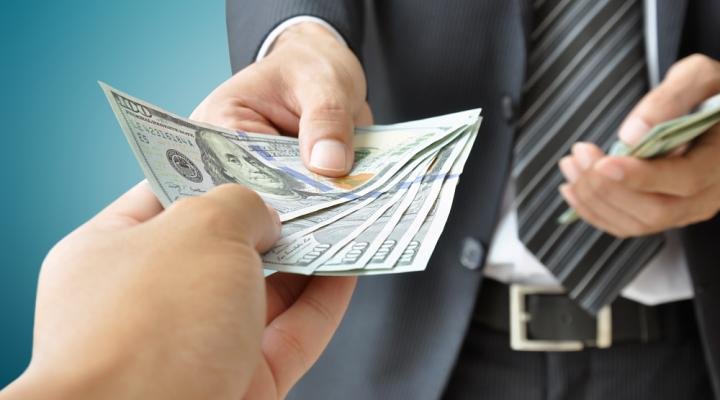When it comes to money, any amount of debt can feel impossible to get out of and crushing. When you think about it all, getting out of debt might be too much to handle. Instead, try breaking down your plan to pay off your debt into clear, doable steps.
If you have credit card debt, personal loans, or other kinds of debt, here’s how to get out of it without anyone giving you money. It might not seem like there is enough money to pay off your bills if you don’t make much money or live from paycheck to paycheck.
Don’t worry—you can start to fix things up and make your financial future better even if you don’t have any money. The following five steps will help you pay off your debts every month until you’re debt-free:
1. Figure out how much you owe.
Being aware of how much debt you have is the first thing you need to do to get rid of it. To make the most of your money, you should pay off your bills in a way that works best for you. When you look at your debt, here are some things to keep in mind:
How can you save money every month?
What costs can you get rid of?
Does a budget for every week or every month work better for you?
How much is the total amount owed on each debt?
In what way does each loan cost you money?
How many charge cards do you have?
Do you have a personal loan or a school loan?
2. Avoid taking on new debt.
When you are trying to get out of debt, the last thing you want to do is keep adding to that tab. Don’t take out new credit cards or personal loans, and don’t spend money you don’t need to.
You shouldn’t usually take money from one place to pay for something else unless you have a good reason, like using a balance transfer credit card or getting a loan with a lower interest rate than the ones you are paying now.
3. Build a budget.
Making a budget is an important step in managing your money. The 50/30/20 rule is a good place to start if you like to stick to a plan when it comes to spending and planning your money. It works by dividing your cash into three parts: needs, wants, and savings. This will put 50% toward wants, 30% toward needs, and 20% toward saves.
4. Start a side hustle.
Getting a side job can help you pay off your debt faster and in less time. This will take more time and effort, but it won’t cost you money, and you can do many side jobs from home and on your own time.
You can make good money doing many things online, and the extra money can help you get out of debt a little faster. Here are some examples of side jobs you could do online:
Online polls
Shipping by drop
Focus groups online
Virtual assistant for social media manager
5. Start small.
It takes drive to pay off debt, and the debt snowball plan can help you stay on track. Sort your bills from smallest to largest, and then pay off the smallest first. After you pay that off, move on to the next lowest one, and so on. When you see all of your credit card amounts go away one by one, it can be very motivating.
You can use the debt avalanche plan in the opposite way if you want to be more aggressive. Pay off the account with the highest interest rate first, and only make the minimum payments on your other debts. It will cost more up front to move from debts with high interest rates to debts with low interest rates, but you may save money in the long run.
Final Take: Other Debt Relief Options
Even if you have less money coming in or live from paycheck to paycheck, these steps will help you pay off your debts over time. There are many ways to get financial relief if you have looked at your financial situation and how much you owe and still feel like you need help.
If you want to get out of debt, you should do your study first. These companies can help you talk to your creditors on your behalf and possibly lower the amount of money you owe. You don’t have to be stuck in debt, and you don’t have to hold on to that debt while you make it bigger. You could lower your monthly bills and interest rates and raise your credit score at the same time if you get outside help.
